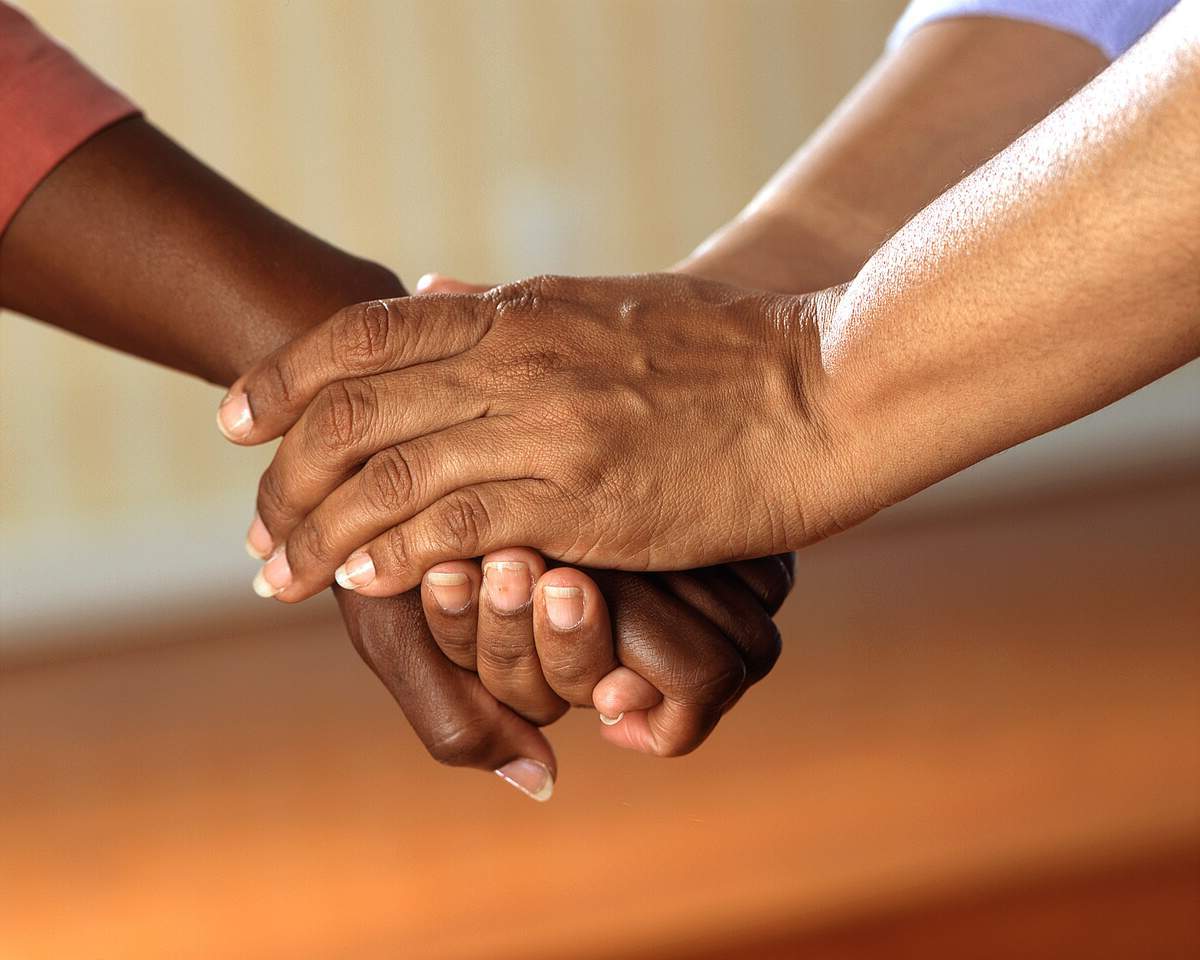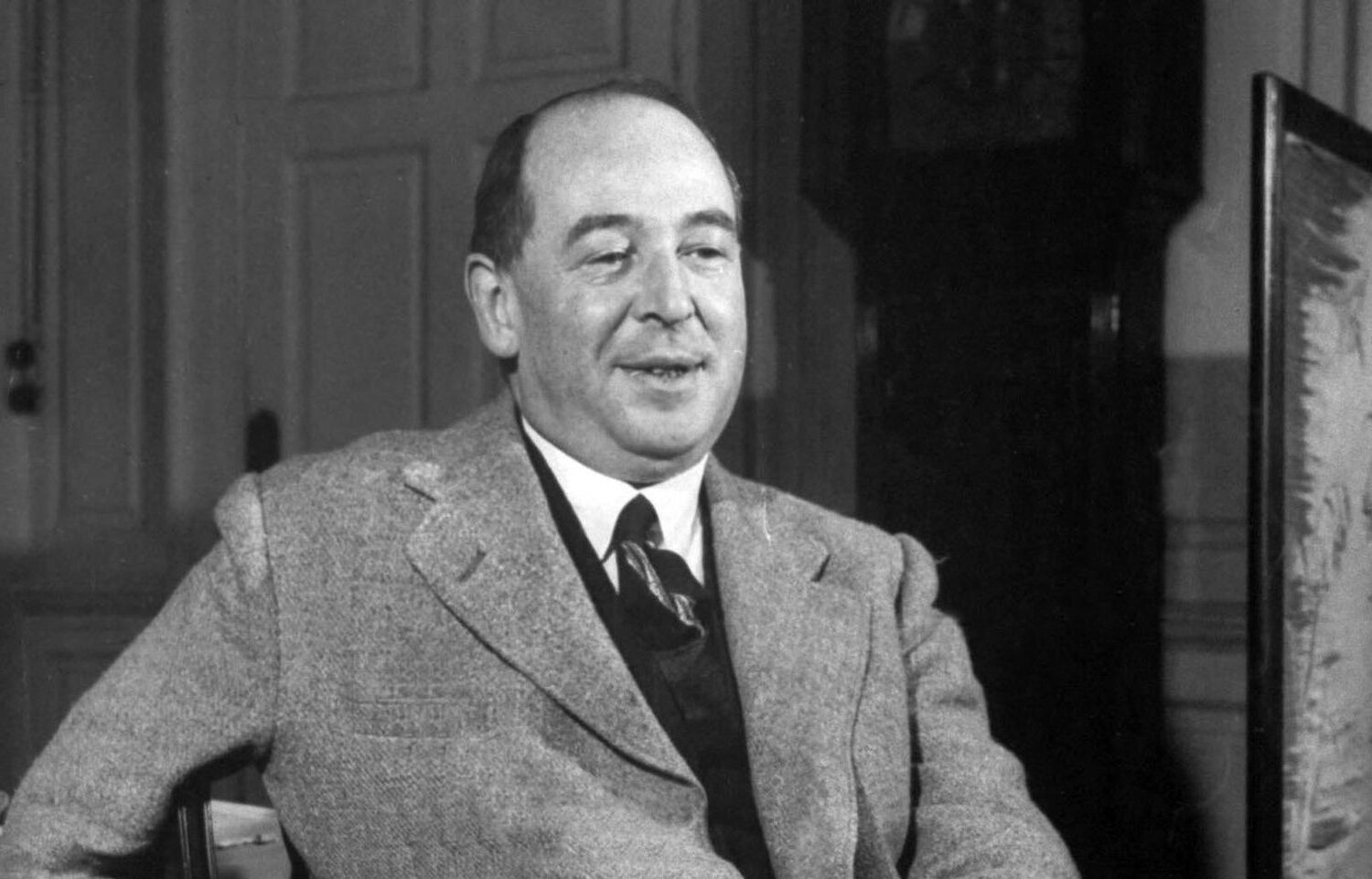
Ever wondered why April 3rd shines a bit brighter in the hearts of many? It's all because of the Childhelp National Day of Hope, a day dedicated to raising awareness and fostering prevention of child abuse and neglect. Yes, April 3rd is that beacon of hope, shining light on a critical issue and encouraging actions that support the well-being of children across the nation. With a mission as pure and urgent as this, it's no surprise that stories of resilience, community effort, and the power of hope fill this day. So, why is this day so pivotal, and what can you do to be part of this vital cause? Let's dive into the heart of the matter, uncovering eight compelling facts about the Childhelp National Day of Hope that will not only inform but inspire you to take a stand for children everywhere.
Key Takeaways:
- Childhelp National Day of Hope, on April 3rd, raises awareness about child abuse and encourages people to take action in preventing it. It's a day to show support for abused children and survivors.
- Childhelp, founded by Sara O'Meara and Yvonne Fedderson, has made a significant impact in the fight against child abuse through advocacy, support services, and legislative efforts. Join the movement to create a safer environment for all children.
What is Childhelp National Day of Hope?
Every year, on the first Wednesday of April, people across the United States observe Childhelp National Day of Hope. This day is dedicated to raising awareness about child abuse and neglect, encouraging communities to take action in preventing these tragedies. Founded by Childhelp, a leading national non-profit organization committed to the prevention and treatment of child abuse, this day serves as a vital reminder of the ongoing fight against child abuse.
Why April 3rd?
- April 3rd was chosen for the Childhelp National Day of Hope because it falls within National Child Abuse Prevention Month. This timing helps to amplify the message of hope and healing for abused children, aligning with broader efforts to highlight the issue of child abuse throughout the month.
The Founders of Childhelp
- Childhelp was founded by Sara O'Meara and Yvonne Fedderson in 1959. Initially, their mission was to care for orphans left behind after the Korean War. Over time, their focus shifted towards addressing the needs of abused and neglected children in the United States. Their dedication has turned Childhelp into one of the most impactful organizations in the fight against child abuse.
How People Participate
- On Childhelp National Day of Hope, individuals and organizations participate in various ways. Many wear blue, the color symbolizing child abuse prevention, to show solidarity. Schools, businesses, and community groups often host events or educational programs to spread awareness. Social media campaigns also play a significant role, with hashtags like #ChildhelpNationalDayofHope helping to spread the word.
The Impact of Childhelp
- Since its inception, Childhelp has directly impacted the lives of millions of children. The organization operates the National Child Abuse Hotline, available 24/7, offering support and resources to those in need. Additionally, Childhelp's advocacy centers and therapeutic foster care programs provide critical services for children and families affected by abuse.
Legislative Efforts
- Childhelp has been instrumental in advocating for legislative changes to protect children. Their efforts have contributed to the passage of laws that improve child welfare systems, enhance penalties for abusers, and promote the adoption of children from foster care. These legislative victories are crucial steps forward in creating safer environments for children.
The Symbolism of Lighting a Candle
- On the Childhelp National Day of Hope, participants are encouraged to light a candle in remembrance of victims and in support of survivors of child abuse. This act serves as a powerful symbol of hope and the collective commitment to ending child abuse. Lighting a candle represents the light of hope in the darkness that many abused children face.
How You Can Help
-
There are numerous ways to support the cause on Childhelp National Day of Hope and beyond. Donating to organizations like Childhelp, volunteering at local child welfare agencies, and educating oneself and others about the signs of abuse are impactful actions. Advocating for policy changes and supporting survivors in your community are also vital ways to make a difference.
-
By participating in Childhelp National Day of Hope, you join a nationwide effort to bring attention to the issue of child abuse and to honor the resilience of survivors. Your involvement, no matter how small, contributes to a larger movement towards a future where all children can grow up in safe, loving environments.
A Final Nod to Hope and Action
April 3rd, Childhelp National Day of Hope, isn't just another date on the calendar. It's a powerful reminder that each of us holds the potential to make a significant difference in the lives of children facing abuse and neglect. By spreading awareness, volunteering, or simply wearing a blue ribbon, we're not just showing support; we're taking a stand against child abuse. This day encourages us to look beyond our immediate surroundings and contribute to a cause that impacts millions of innocent lives. Let's not let the momentum stop here. Keep the spirit of hope alive every day by continuing to educate, advocate, and support the fight against child abuse. Together, we can turn hope into action and make a safer world for our children.
Frequently Asked Questions
Was this page helpful?
Our commitment to delivering trustworthy and engaging content is at the heart of what we do. Each fact on our site is contributed by real users like you, bringing a wealth of diverse insights and information. To ensure the highest standards of accuracy and reliability, our dedicated editors meticulously review each submission. This process guarantees that the facts we share are not only fascinating but also credible. Trust in our commitment to quality and authenticity as you explore and learn with us.


